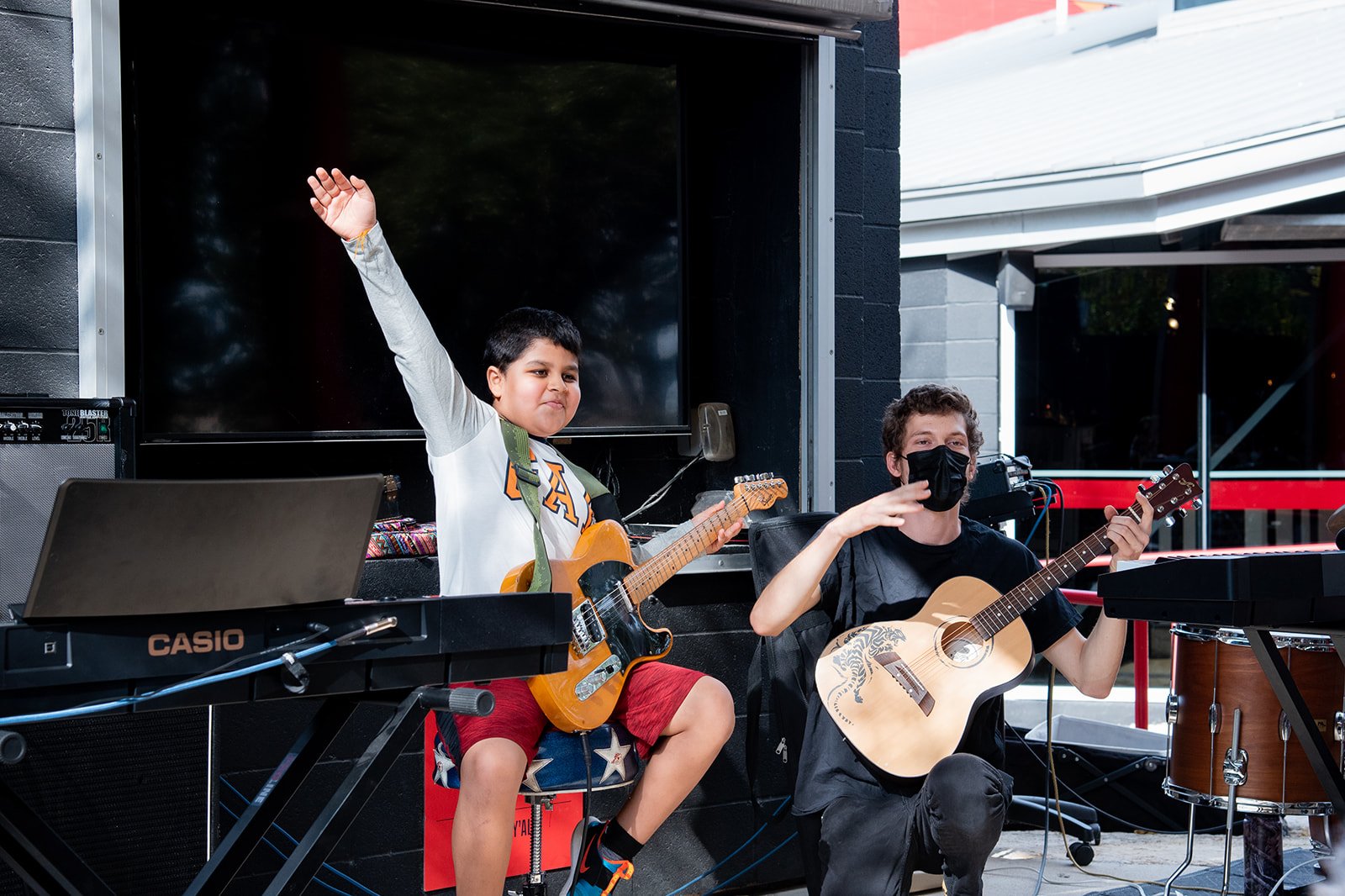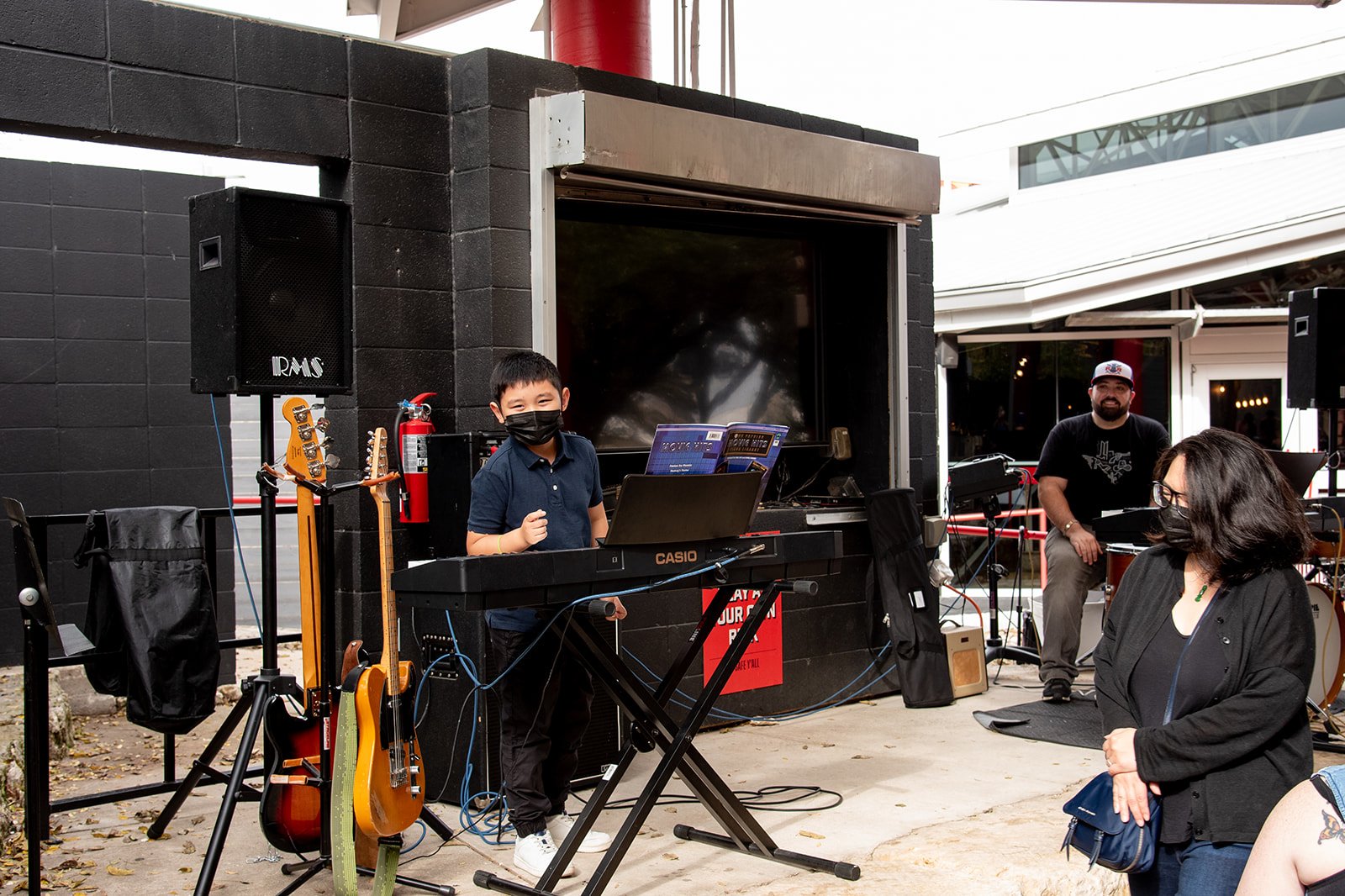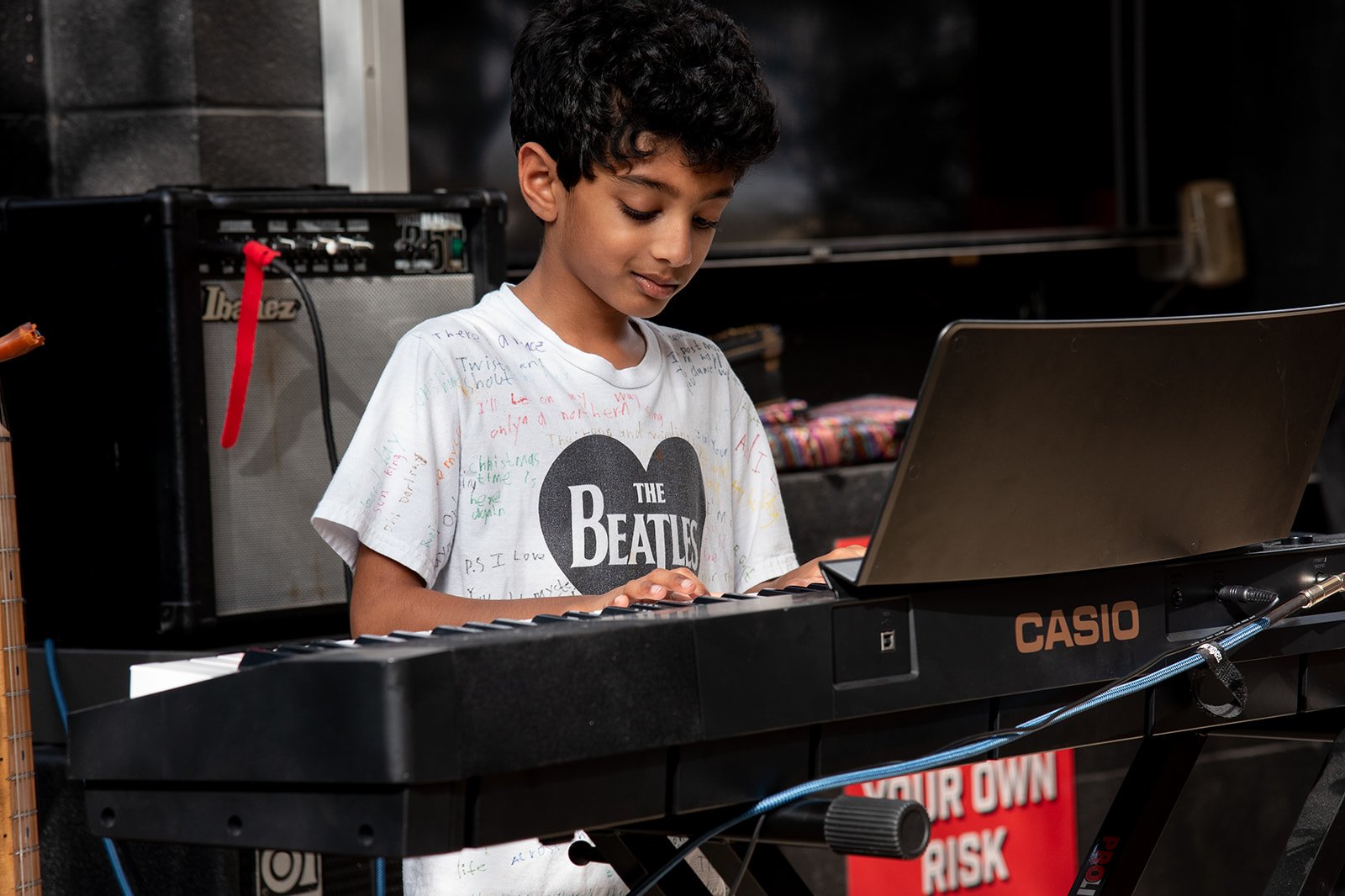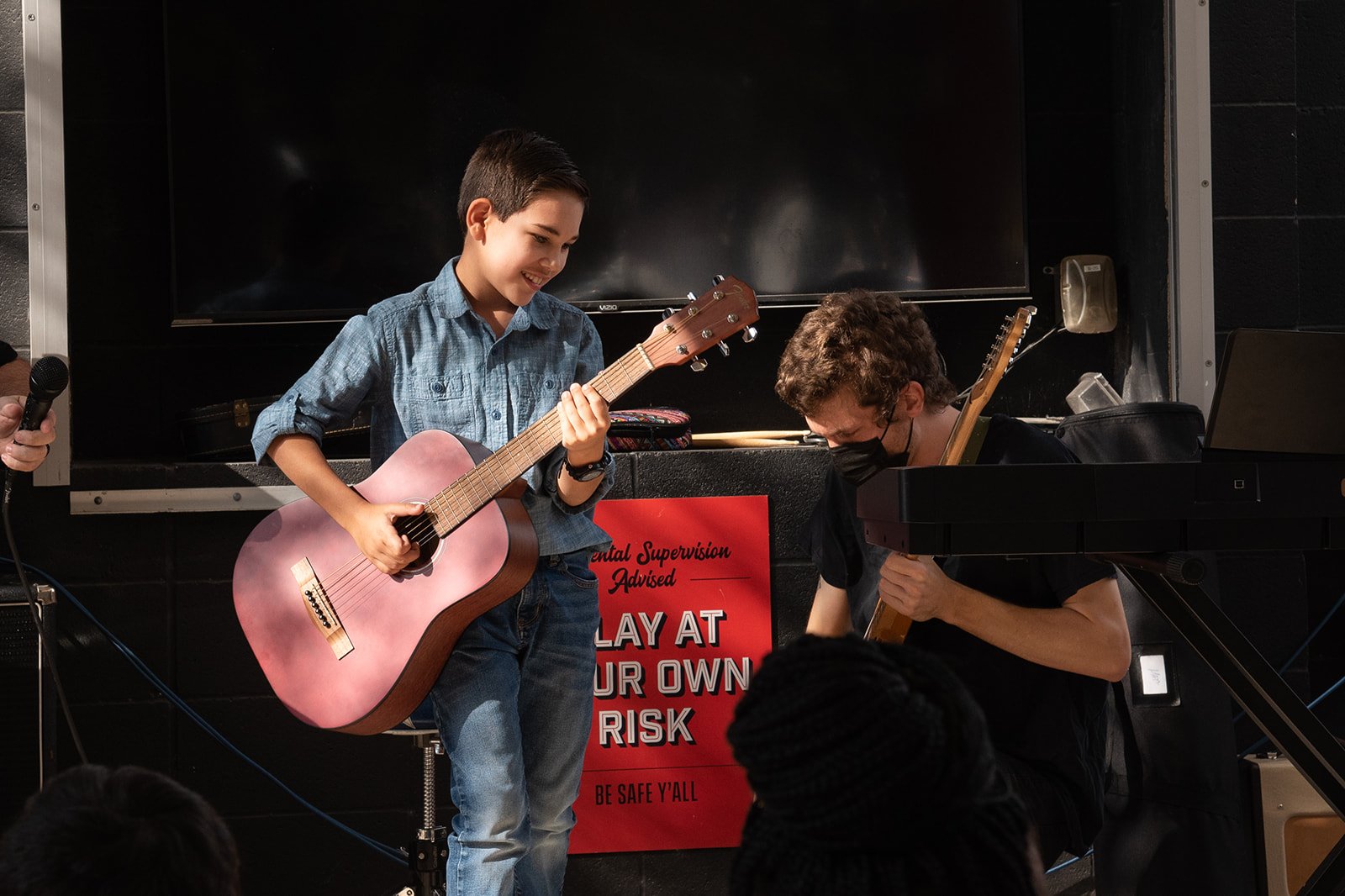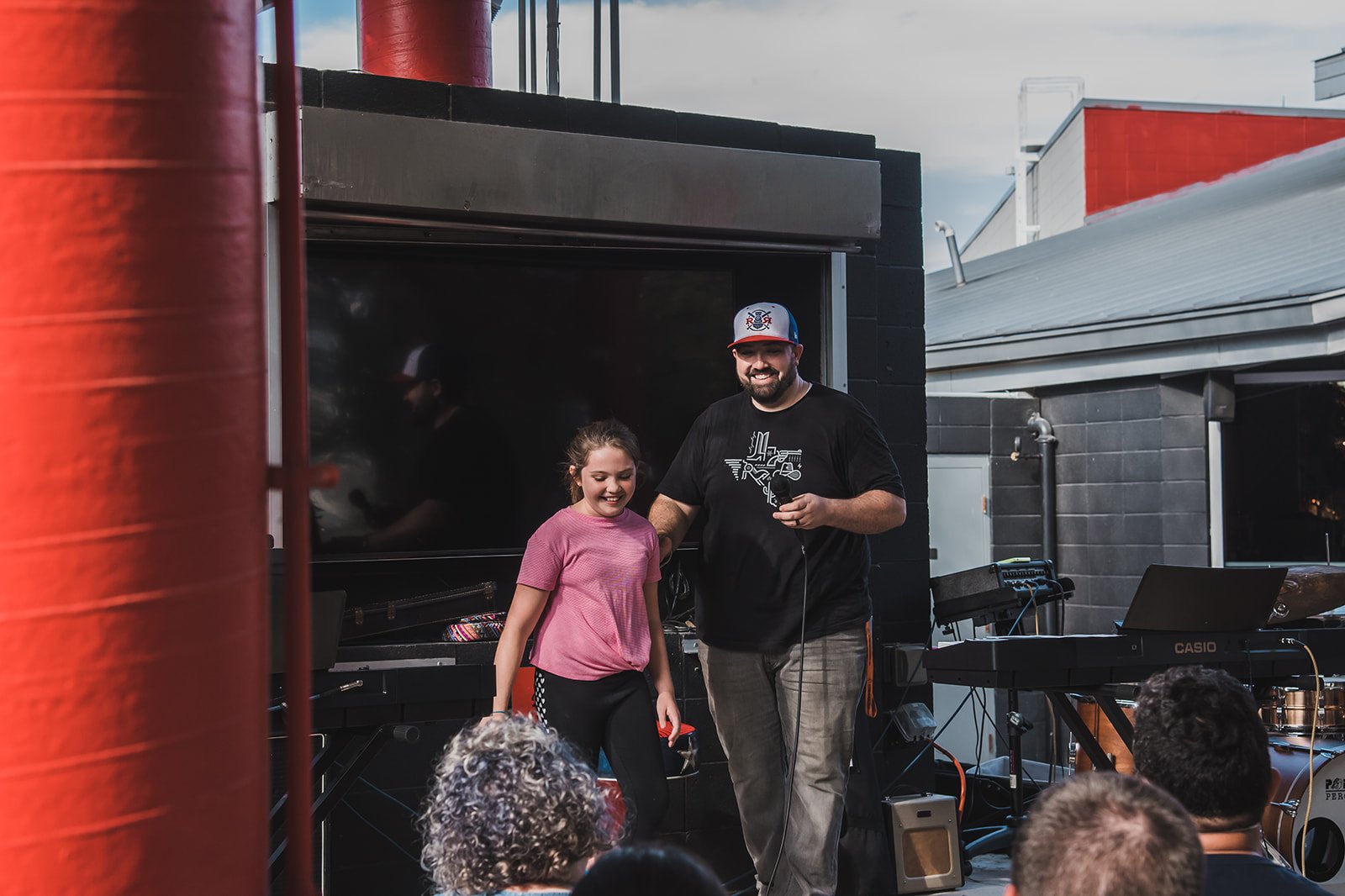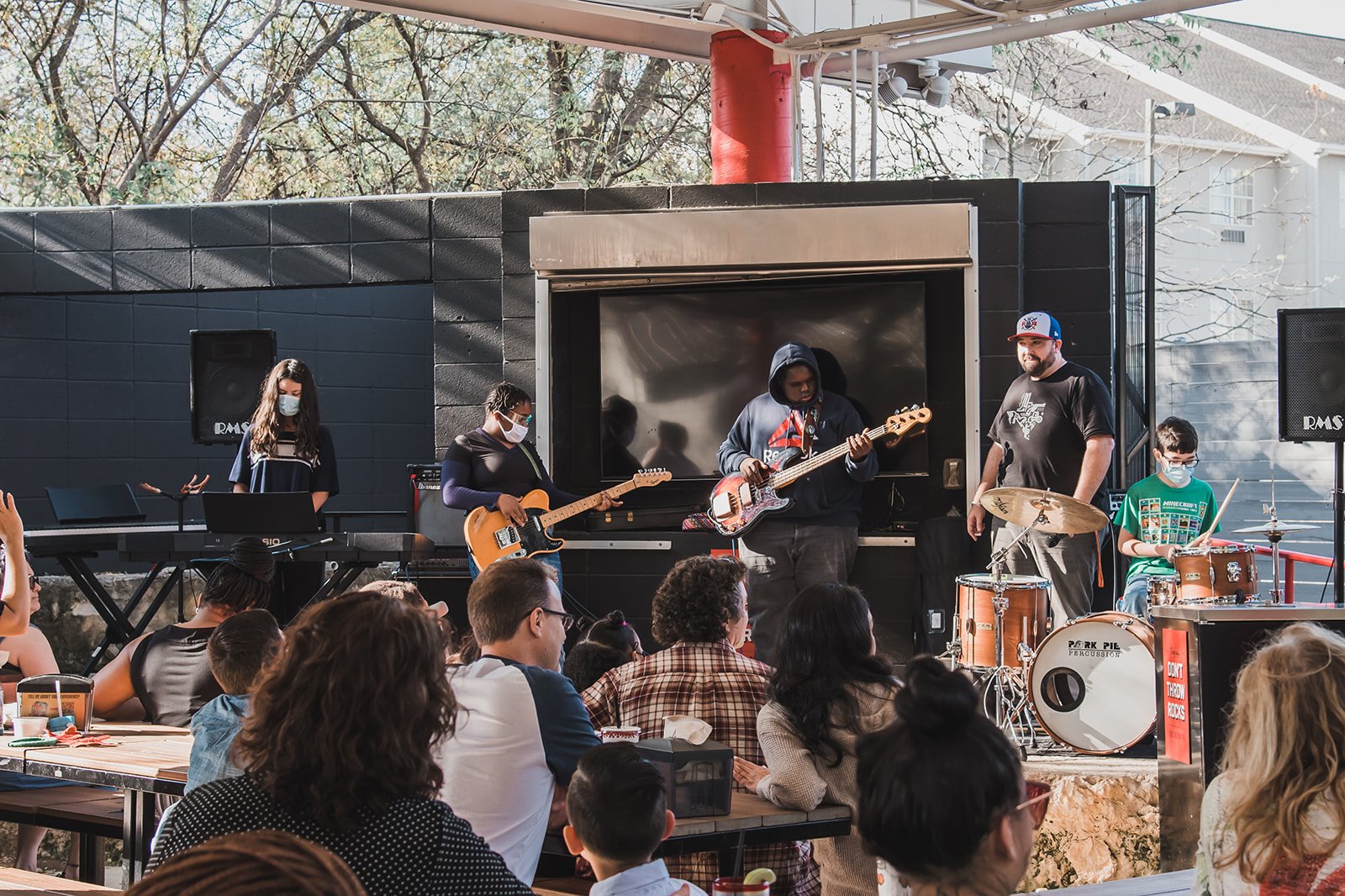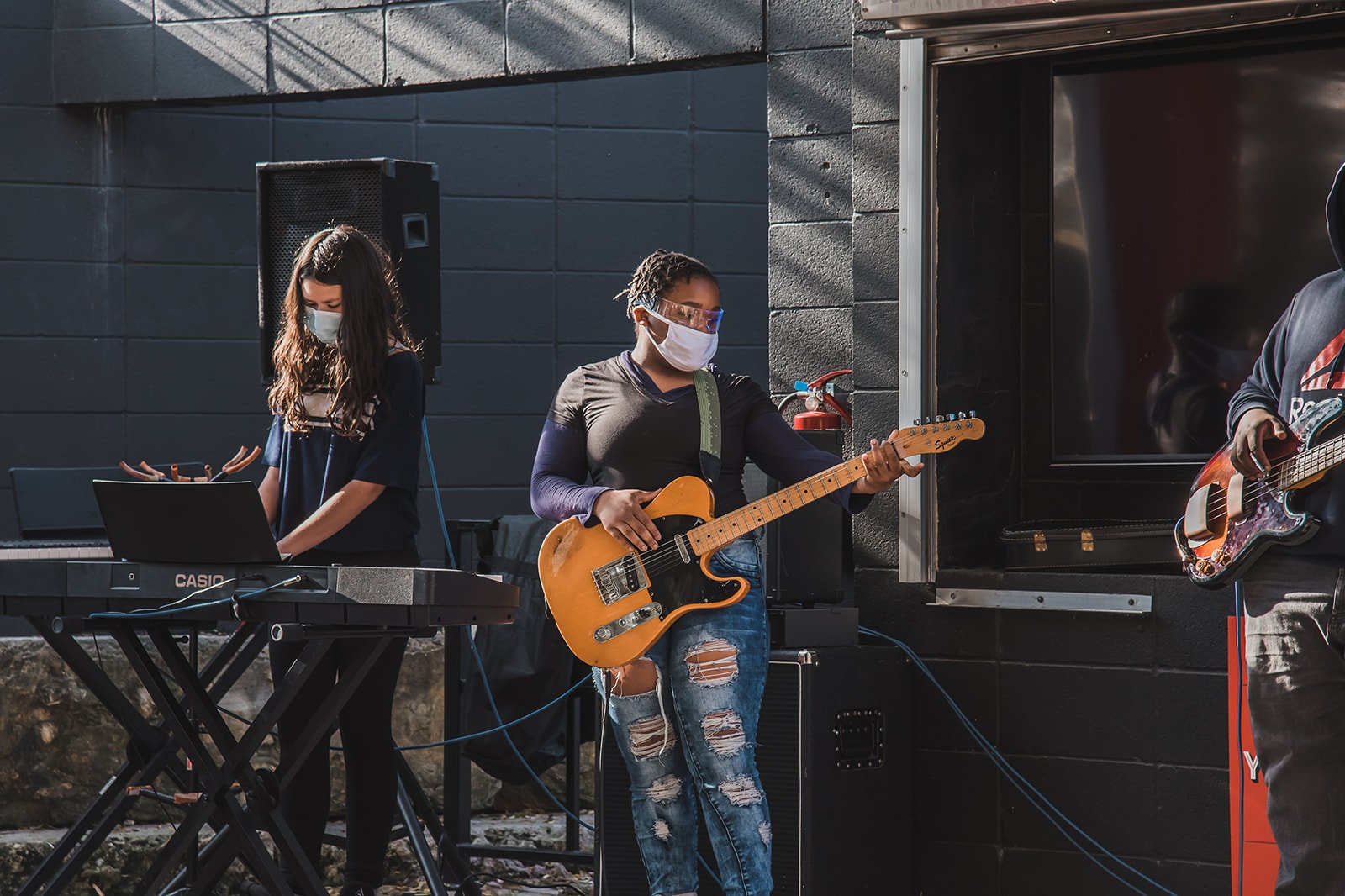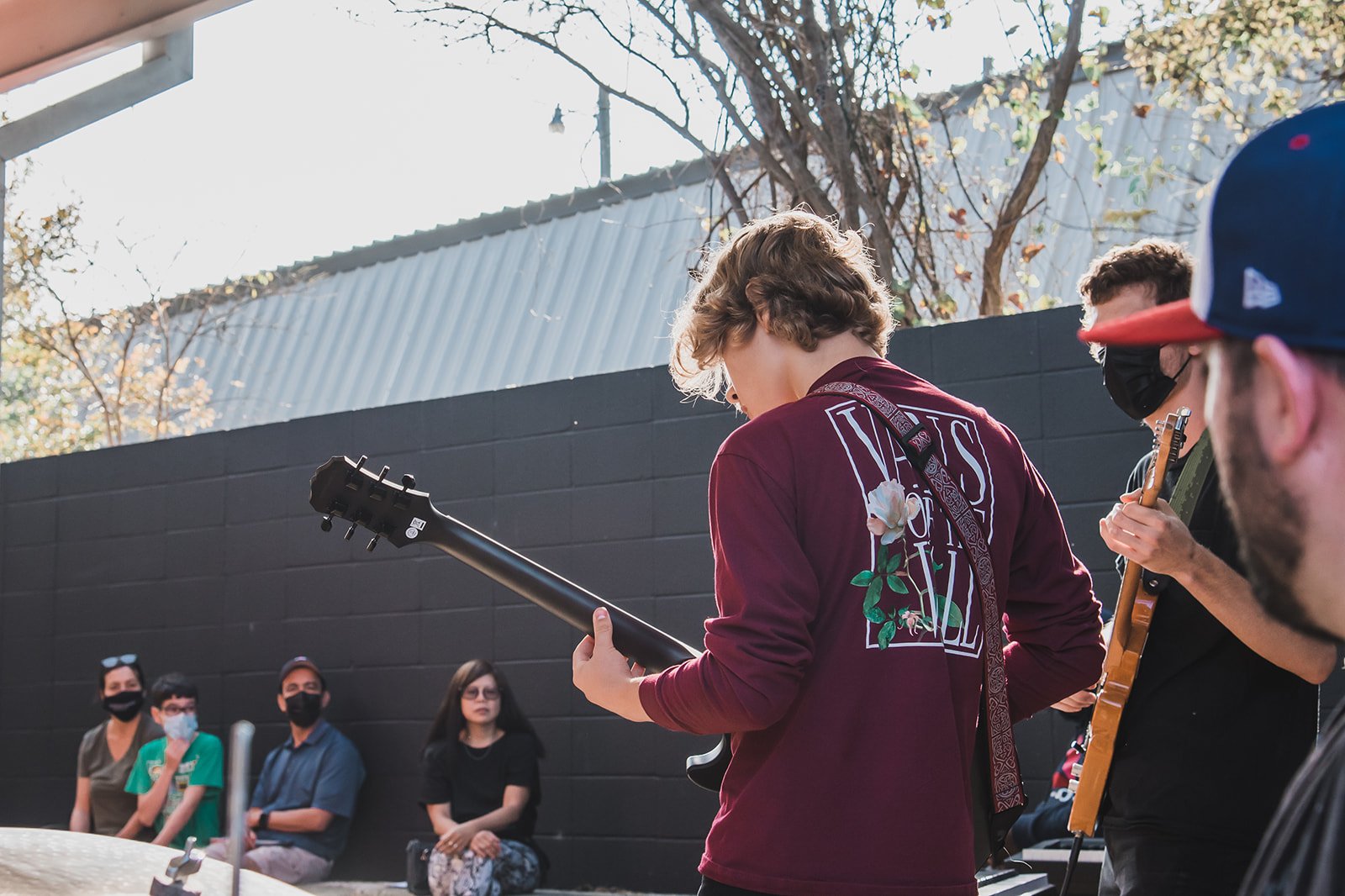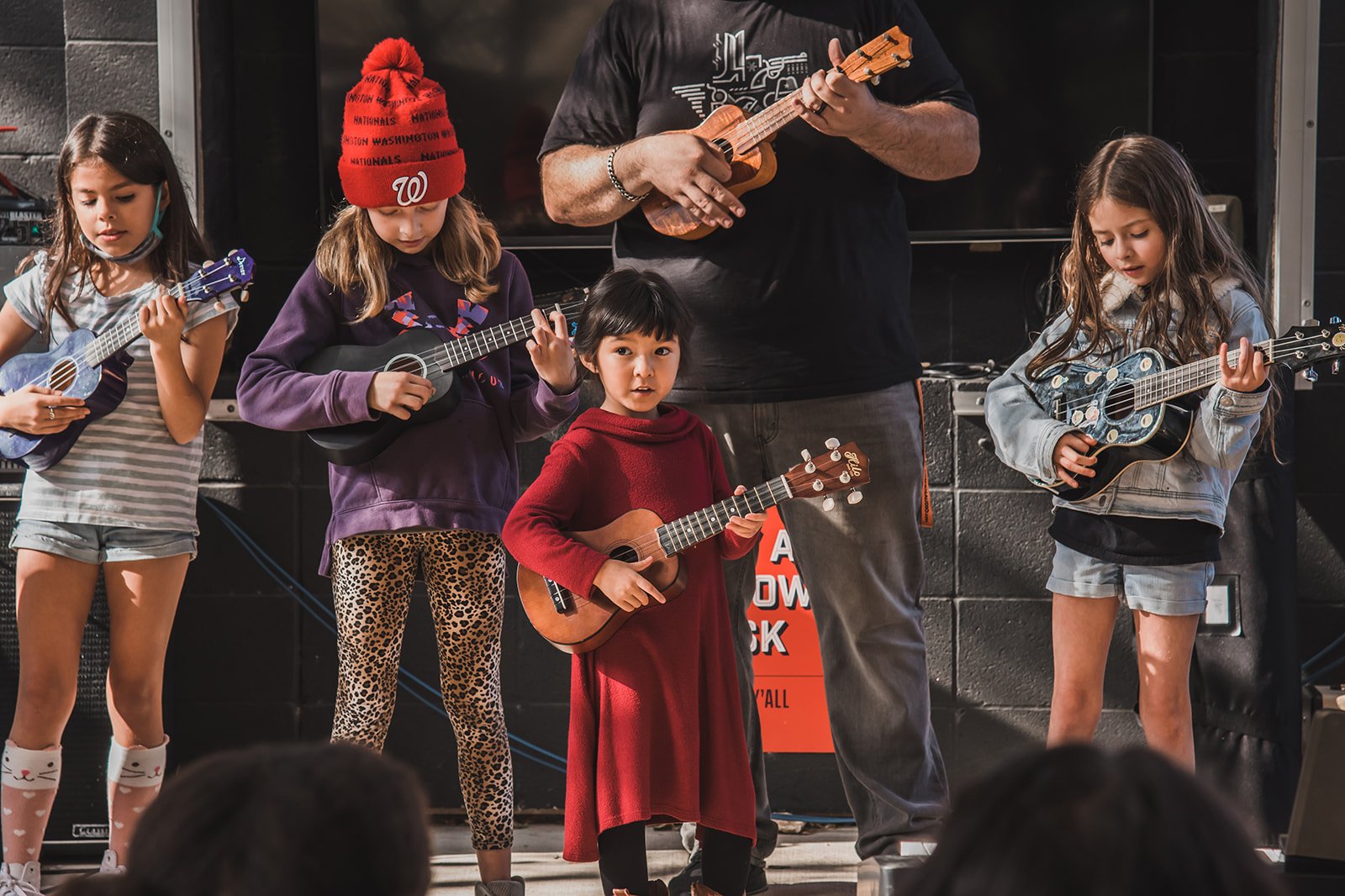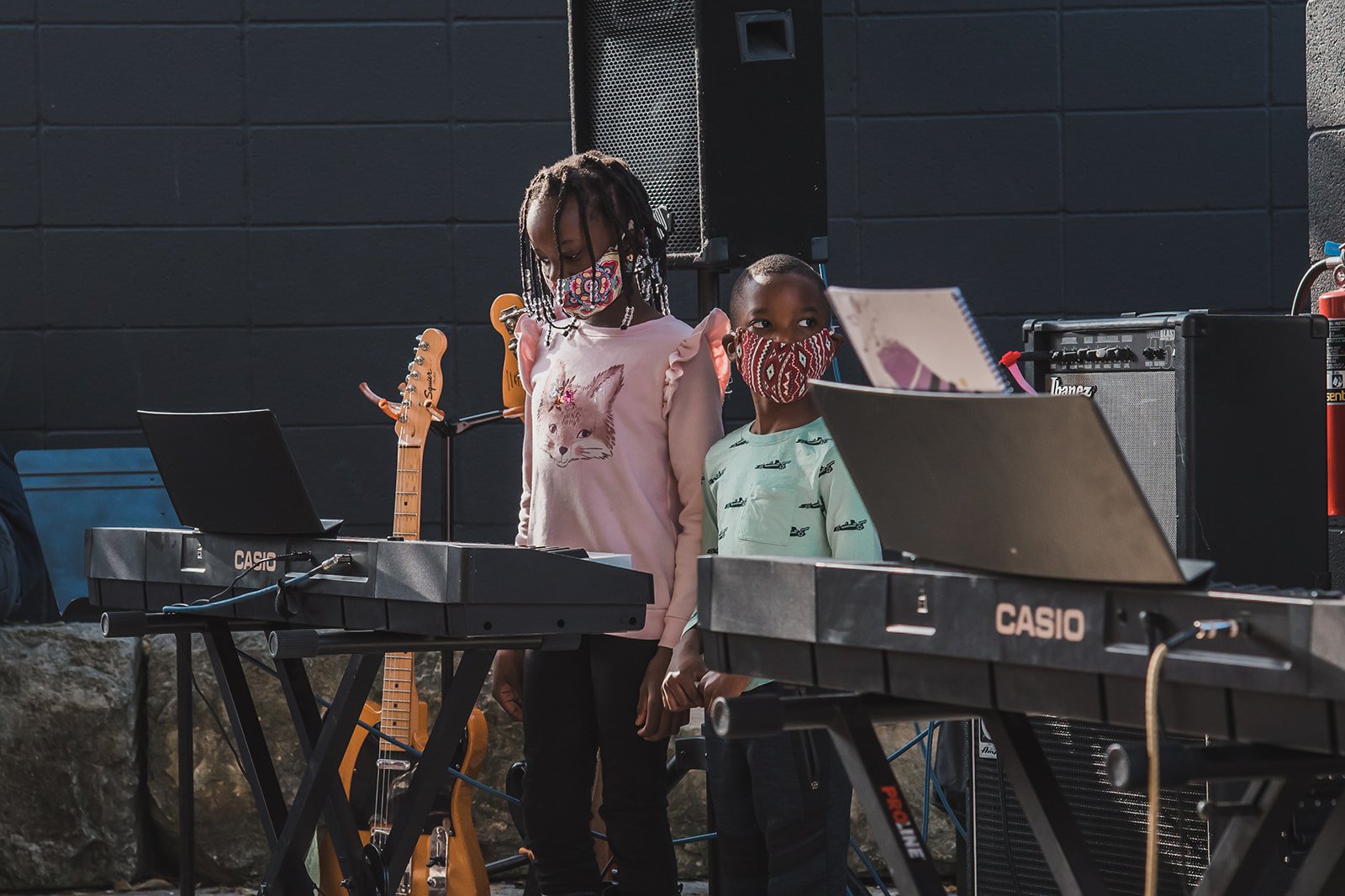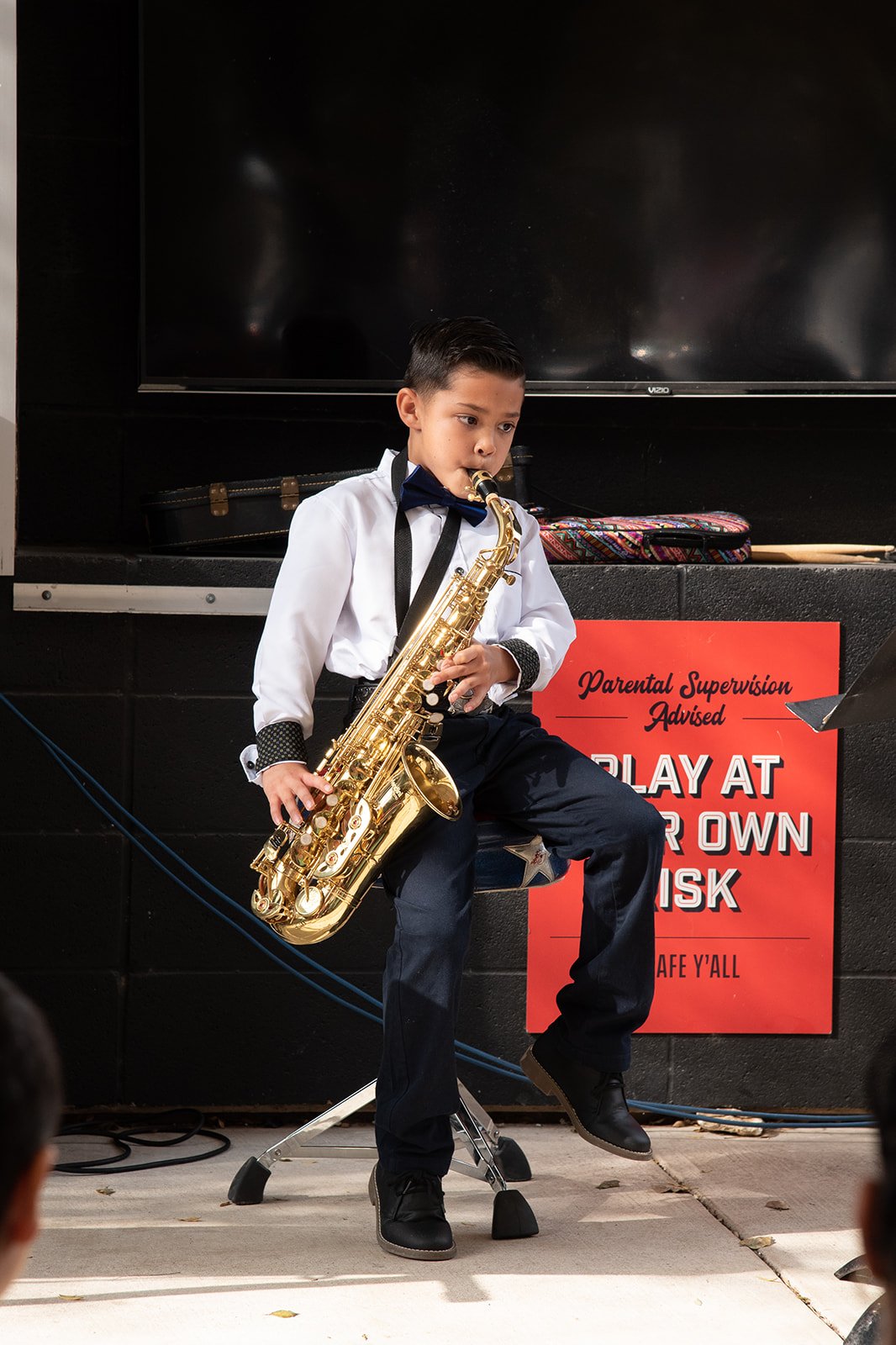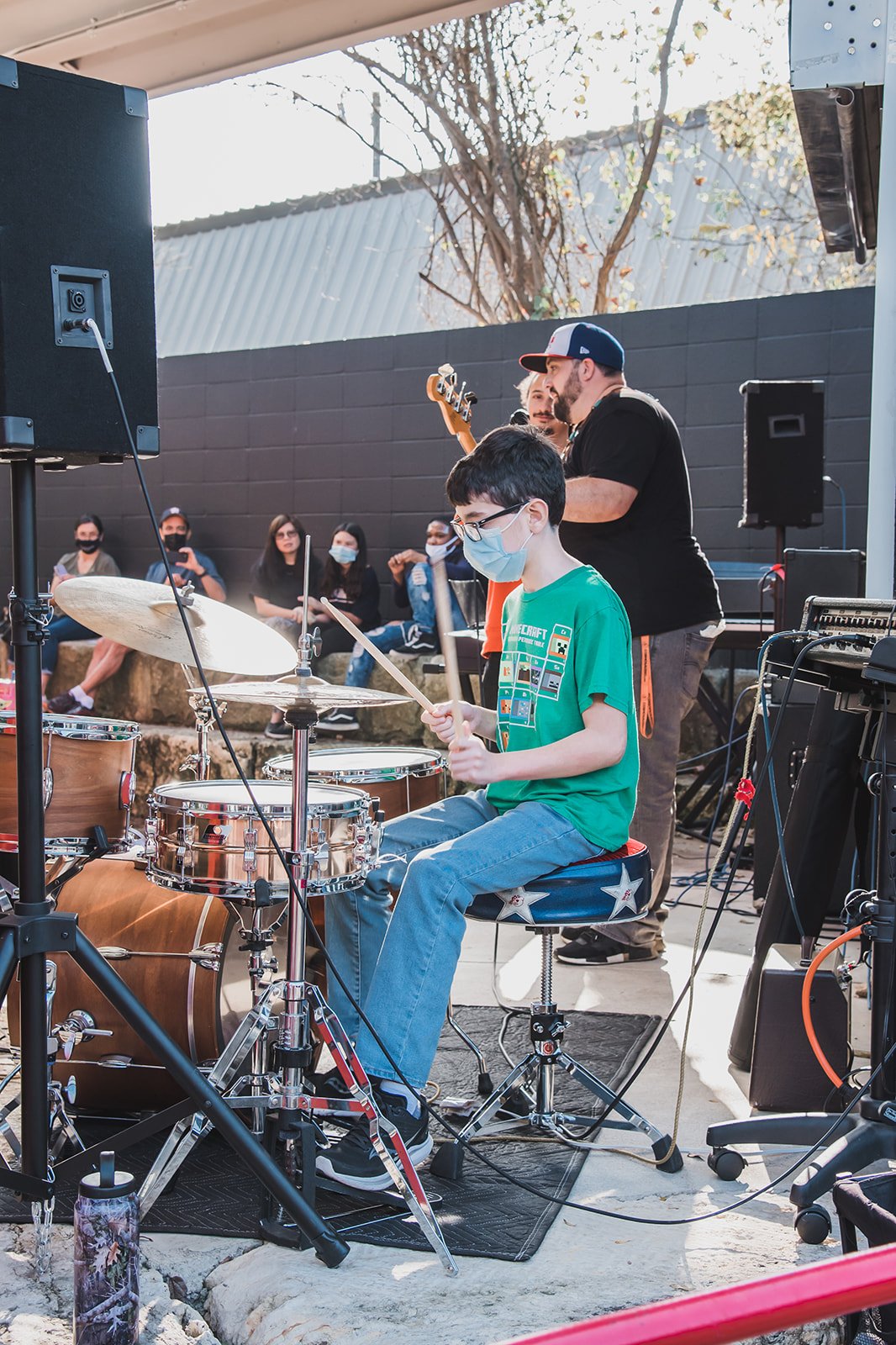Music lessons can be a wonderful experience for kids—but every child’s journey looks different. Here are the key takeaways parents should know.
1. When is a child ready to start music lessons?
Ages 0–6: Kids are “musical sponges.” Singing, clapping, dancing, and rhythm games help build brain connections. No formal lessons are required yet, but exposure is powerful.
Signs of readiness:
Sustained interest in an instrument.
Ability to focus for at least 5 minutes.
Some fine motor control (for piano, violin, ukulele).
Rhythmic coordination (clapping, tapping along).
💡 Tip: If your child shows excitement for music, that’s a stronger indicator than perfect coordination.
2. Does my child need “natural talent”?
Very few kids are born prodigies—but all children benefit from music.
Benefits go beyond skill: improved focus, memory, discipline, creativity, and confidence.
The question isn’t “Will my child be great?” but “What will they gain from the experience?”
3. How do learning styles and differences play a role?
Every child learns differently:
Visual learners may like sheet music.
Auditory learners thrive by ear.
Kinesthetic learners connect through movement and rhythm.
Kids with learning differences (ADHD, processing disorders, etc.) can flourish with flexible teachers who adapt.
💡 Look for a teacher who pivots to your child’s strengths instead of forcing one way of learning.
4. How can I tell if my child has musical aptitude?
Signs to watch:
Matching pitch while singing.
Accurately telling whether two notes are the same or different.
Natural sense of rhythm (clapping, dancing on beat).
But remember: skills can be built, not just “innate.”
5. Is it ever too early or too late?
Too early: If a child can’t yet focus for a few minutes or lacks fine motor skills for the chosen instrument. In that case, stick with general music play like KIDZ ROCK.
Too late? Never. Adults 18 to 85+ can (and should!) learn if they want to.
6. Choosing the right instrument
Piano: A great all-around starter (visual, spatial, fine motor friendly).
Ukulele: Easier than guitar for young kids (smaller hands).
Guitar/Violin: Usually better around ages 7–8 when fine motor control develops.
Band instruments: Require breath strength—often better for later elementary/middle school.
Passion beats “perfect starter instrument.” If your child loves guitar, don’t force two years of piano first.
7. The practice struggle (and avoiding burnout)
Practice pressure is often the #1 reason kids quit.
Strategies:
Connect practice to their goals (fun, brain development, performing, confidence).
Allow practice to look different for each child—short bursts, movement, or focusing only on favorite songs.
Avoid nagging. Instead, set small goals and celebrate progress.
Use performance opportunities (recitals, family concerts) for motivation if your child enjoys them.
8. When is it okay to quit?
Quitting doesn’t mean “forever.” It’s fine to pause and come back later.
Before quitting completely, try:
Switching instruments.
Finding a different teacher.
Changing the format (learning by ear instead of reading music).
If joy is completely gone even after adjustments, a break may be best.
9. Do kids need to practice every day?
Not necessarily.
More important is what they practice: build on what they already know and enjoy, instead of pushing only hard, new material.
Seasonal flexibility is okay (e.g., lessons in summer, lighter during sports season).
10. The big picture: What’s the goal?
Music is more than just playing notes correctly. It:
Builds discipline and focus.
Strengthens memory and creativity.
Boosts confidence and joy.
Helps kids become well-rounded, expressive humans.











